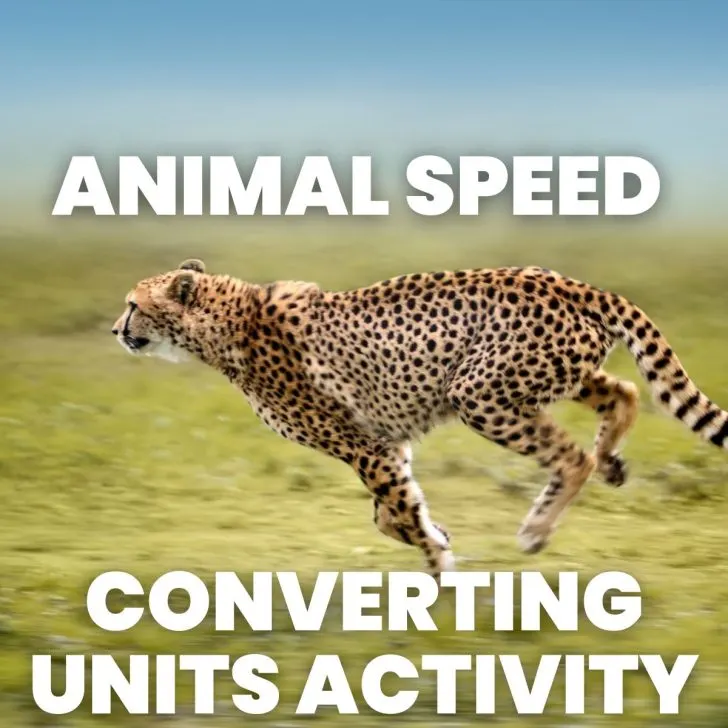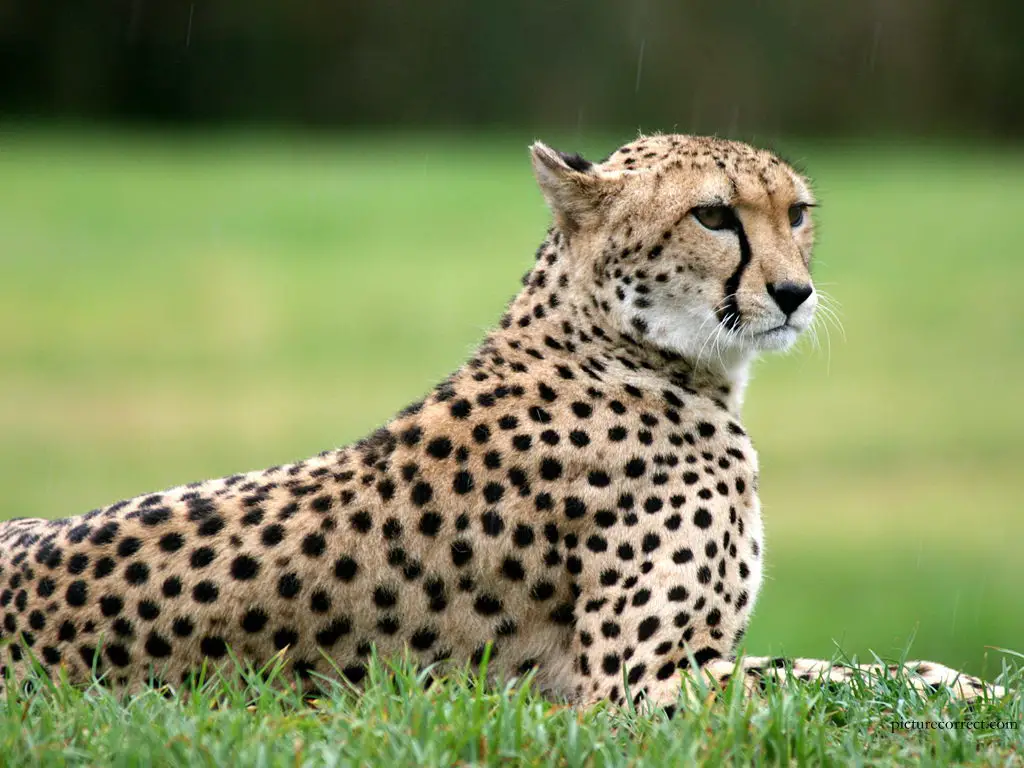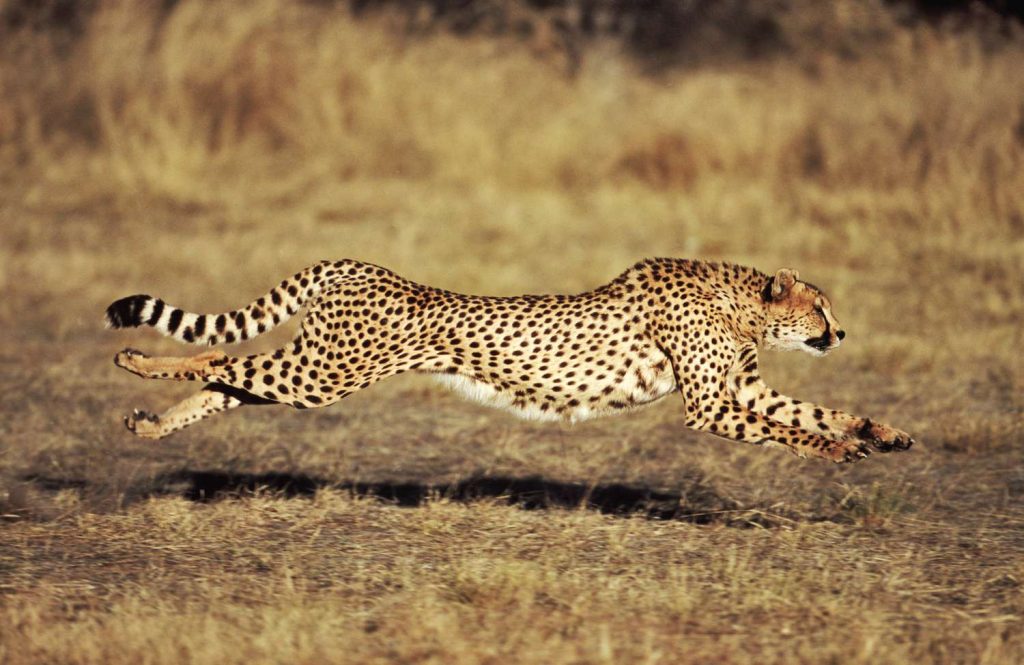When it comes to sheer speed on solid ground, nature has engineered a variety of remarkable creatures. Yet, one animal stands out as the undisputed champion of terrestrial speed: the cheetah. In this article, we delve into the fascinating world of fast land animals, exploring what makes them so swift, how their bodies are adapted for rapid acceleration, and why the cheetah, in particular, reigns supreme. We will also compare the cheetah with other speedy species, examine the science behind their movements, and discuss the challenges they face in the wild.
The Science of Speed
Speed in animals is not merely about moving quickly; it is the culmination of a variety of evolutionary adaptations that optimize an animal for high-speed pursuits. Factors such as muscle composition, skeletal structure, aerodynamics, and even neurological control all play pivotal roles. In many species, speed is crucial for both hunting and evasion. For predators, a burst of speed can mean the difference between catching prey and going hungry, while for prey animals, rapid acceleration is key to escaping potential threats.
Measuring Animal Speed

Scientists measure animal speed using various methods, including high-speed cameras, GPS tracking, and accelerometers. These tools allow researchers to record the short bursts of acceleration that many animals use to achieve their top speeds. Interestingly, while some animals may not sustain high speeds over long distances, the ability to accelerate quickly can be just as important as the maximum speed itself.
The Cheetah: A Marvel of Evolution

Among land animals, the cheetah (Acinonyx jubatus) is renowned for its unmatched speed. Capable of reaching speeds up to 60-70 miles per hour (97-113 km/h) in just a few seconds, the cheetah is the fastest land animal on Earth. This incredible acceleration is due to a unique combination of anatomical and physiological traits.
Body Structure and Muscular Adaptation
The cheetah’s lightweight frame and elongated limbs allow for long strides and rapid acceleration. Their spine is highly flexible, acting like a spring that stretches and contracts during each stride, effectively increasing their stride length without compromising speed. Additionally, the large nasal passages of the cheetah facilitate increased oxygen intake, which is vital during intense chases.
Specialized Musculature
Unlike many other big cats, the cheetah possesses a higher percentage of fast-twitch muscle fibers, which are designed for explosive bursts of speed rather than endurance. These fibers allow the cheetah to achieve remarkable acceleration, though they can only sustain these speeds for short distances—typically no more than 20 to 30 seconds. After a high-speed chase, the cheetah often needs a significant rest period to recover its energy.
Aerodynamic Design
The cheetah’s body is streamlined to minimize air resistance. Its slender, aerodynamic shape, combined with semi-retractable claws that provide better grip, allows it to maneuver at high speeds with astonishing agility. This is particularly important when chasing agile prey such as gazelles, which can also make sudden, sharp turns.
Comparing Other Fast Land Animals
:max_bytes(150000):strip_icc()/running-cheetah-1059367736-b2dfbfedef5d4c8f8cf2f7e50ef12b04.jpg)
While the cheetah holds the record for the fastest land animal, several other species have impressive speeds that help them survive in their respective environments.
The Pronghorn Antelope
Native to North America, the pronghorn antelope is often cited as the second-fastest land animal, capable of reaching speeds around 55 miles per hour (88 km/h). Although not as fast as the cheetah in a short burst, pronghorns are renowned for their endurance, able to sustain high speeds over long distances to escape predators.
The Lion
Often referred to as the “king of the jungle,” lions are also capable of bursts of speed, though they cannot maintain these speeds for long. A lion’s top speed is approximately 50 miles per hour (80 km/h). However, lions rely more on strength, strategy, and teamwork when hunting rather than pure speed.
The Greyhound
While not a wild animal, the greyhound is one of the fastest domesticated animals, reaching speeds of up to 45 miles per hour (72 km/h). Bred specifically for racing, greyhounds combine speed with remarkable endurance, making them popular in dog racing circuits around the world.
The Evolutionary Advantages of Speed

Speed is a critical survival trait in the animal kingdom. For predators, the ability to outrun prey is a matter of life and death. In contrast, prey animals depend on speed to evade capture by predators. This evolutionary arms race has driven the development of various speed-enhancing adaptations. In many cases, the evolutionary pressure to run faster has led to fascinating and highly specialized anatomical features that are marvels of natural selection.
For the cheetah, speed is not just a hunting tool but a vital aspect of its survival strategy. Despite their prowess, cheetahs face numerous challenges. They are vulnerable to habitat loss, human encroachment, and competition from other predators. Conservation efforts are essential to ensure that these incredible animals continue to thrive in the wild.
Challenges Facing Fast Land Animals
In addition to the challenges of evolution and survival in the wild, fast land animals like the cheetah face significant threats from human activities. Habitat destruction, driven by urban expansion, agriculture, and deforestation, has drastically reduced the natural territories of many species. Moreover, climate change is altering ecosystems, making it even more difficult for these animals to find suitable habitats.
Human-wildlife conflict also plays a role. As human populations grow, encounters between people and wildlife become more frequent, sometimes leading to conflict. For example, cheetahs may wander into human settlements in search of prey, leading to dangerous situations for both the animals and the people.
Conservation Efforts
:max_bytes(150000):strip_icc()/front-view-of-a-female-cheetah--acinonyx-jubatus--running-73553651-5c62c0a2c9e77c0001566d2a.jpg)
Several conservation programs are currently in place to help protect the cheetah and other fast land animals. These initiatives focus on preserving natural habitats, implementing anti-poaching measures, and supporting research into wildlife behavior and ecology. By understanding the needs of these animals and mitigating human impacts, conservationists hope to create a sustainable future where both wildlife and human populations can coexist.
Organizations around the world are working tirelessly to educate the public about the importance of wildlife conservation. Raising awareness about the incredible adaptations and ecological roles of fast land animals not only highlights their beauty and power but also underscores the need for concerted conservation efforts.
Future Perspectives
As technology advances, so does our ability to study and protect fast land animals. High-speed cameras, drone technology, and GPS tracking have revolutionized wildlife research, allowing scientists to gather data on animal behavior in unprecedented detail. This information is crucial for developing effective conservation strategies and ensuring that species like the cheetah can continue to thrive.
Furthermore, collaboration between governments, NGOs, and local communities is essential. By working together, these groups can develop comprehensive plans that address both the environmental and socio-economic factors that impact wildlife. The preservation of fast land animals is not just about protecting a single species; it is about maintaining the delicate balance of our planet’s ecosystems.
Conclusion
In summary, the title of the fastest land animal belongs to the cheetah, an extraordinary creature whose unique adaptations allow it to sprint at unmatched speeds. The study of animal speed reveals not only the incredible diversity of life on Earth but also the complex interplay of evolution, physiology, and environmental pressures. While the cheetah captures our imagination with its breathtaking acceleration, other fast land animals also play critical roles in their ecosystems, each with their own set of remarkable abilities.
Understanding the science behind speed and the challenges that these animals face is key to appreciating their beauty and importance. It also serves as a reminder of the urgent need for conservation efforts to protect these incredible species for future generations.
For further insights into the world of fast animals and related topics, explore the following articles:
- Asiapata: Discover More About Nature’s Marvels
- Indochina Post: In-depth Articles on Wildlife and Conservation














